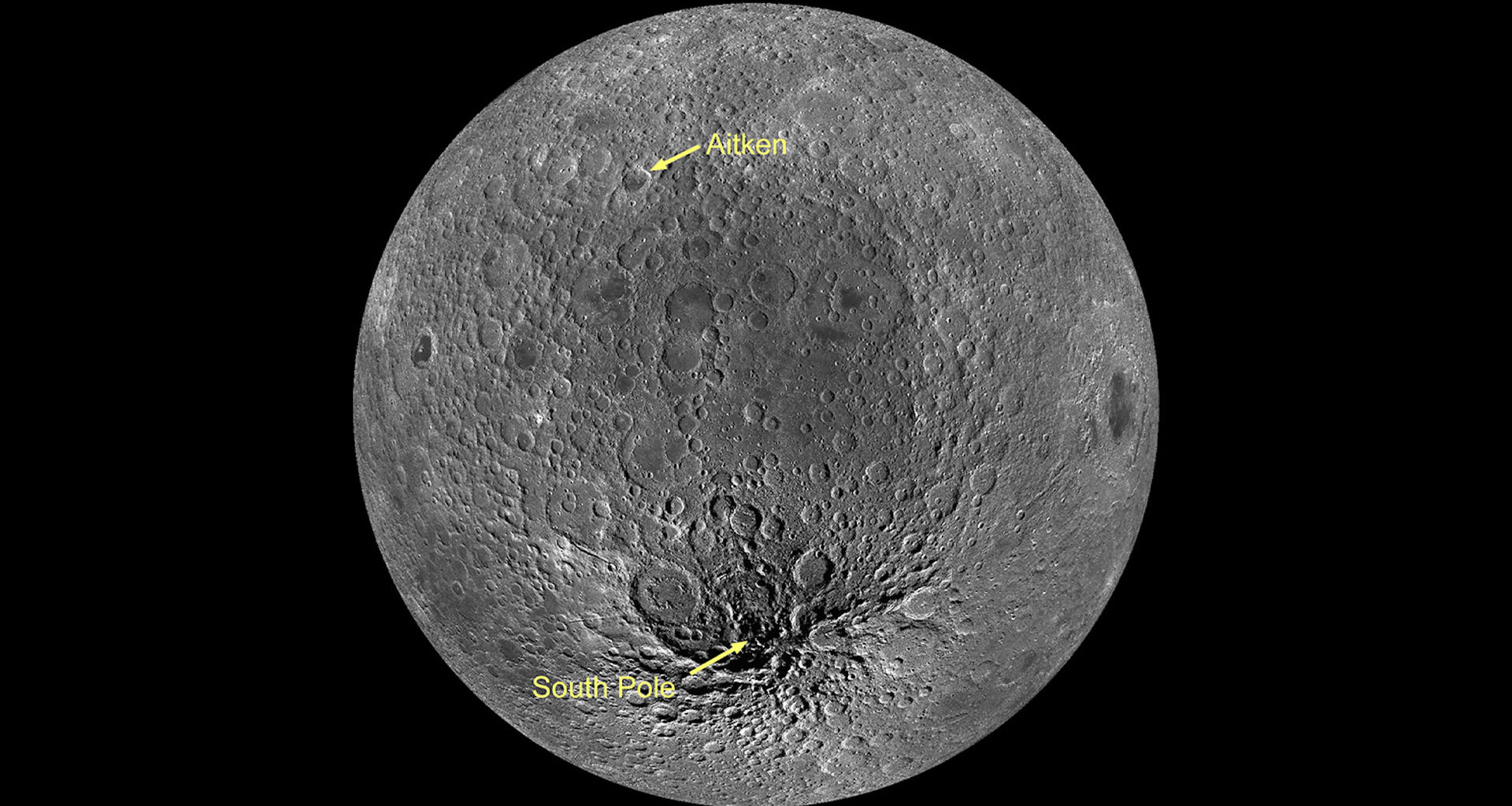Researchers are pinpointing a moment in the Moon’s history that can help them understand developments on Earth billions of years ago.
University of Arizona lunar scientist Jeff Andrews-Hanna is studying a basin formed by an asteroid’s impact near the moon’s south pole. He explains the Aitken crater and associated highlands are close to where astronauts from NASA’s Artemis program plan to land at the end of the decade.
“And that’s where we expect most of the material from the basin to pile up,” he said. “Material ejected from the lunar interior is going to be there at the south pole where NASA astronauts can pick it up and bring pieces back to the Earth to study.”
Andrews-Hanna led a study that questions why the moon’s far side is much more rugged than the smoother side we see from Earth.
NASA’s proposed Artemis III mission is targeting the south pole for the first manned lunar exploration since the Apollo moon landings in the 1960s and 1970s.

